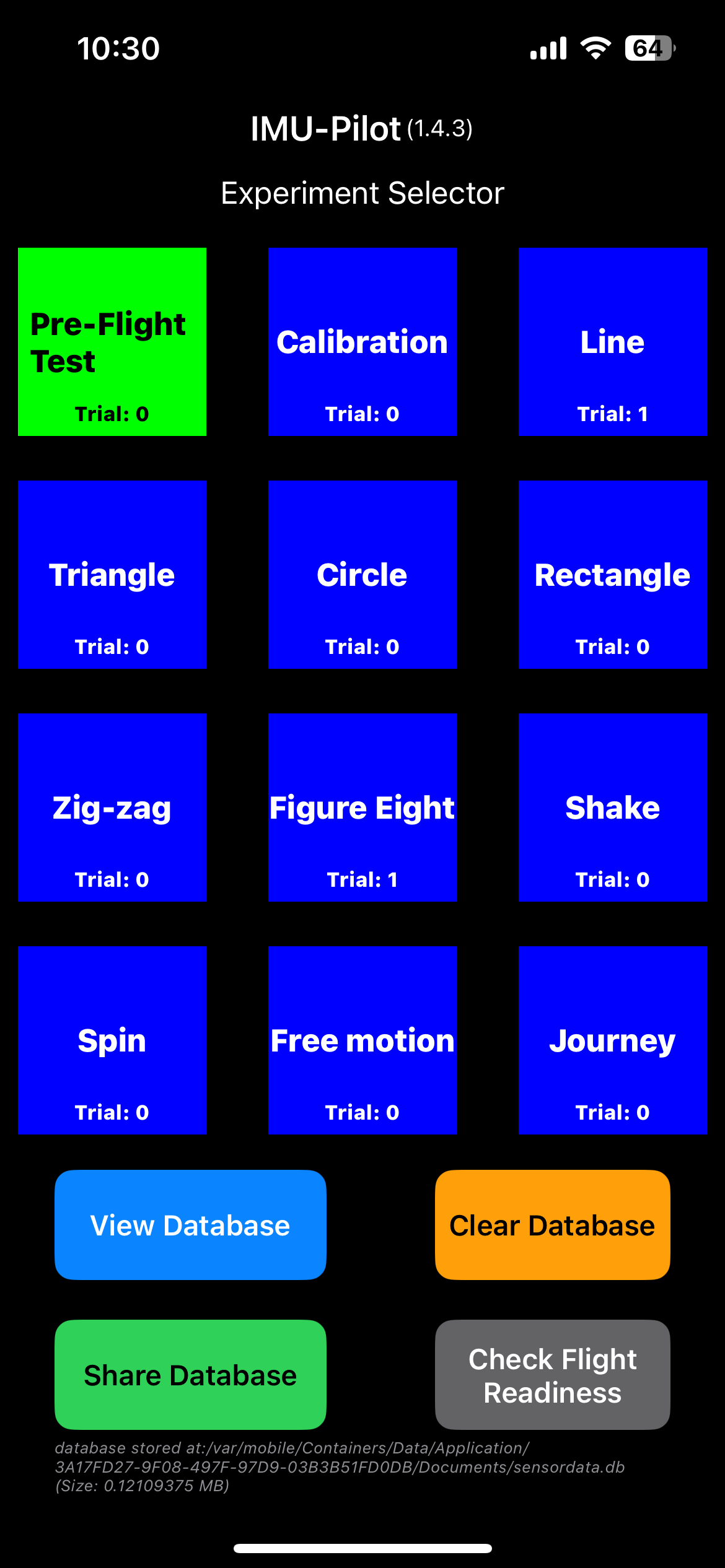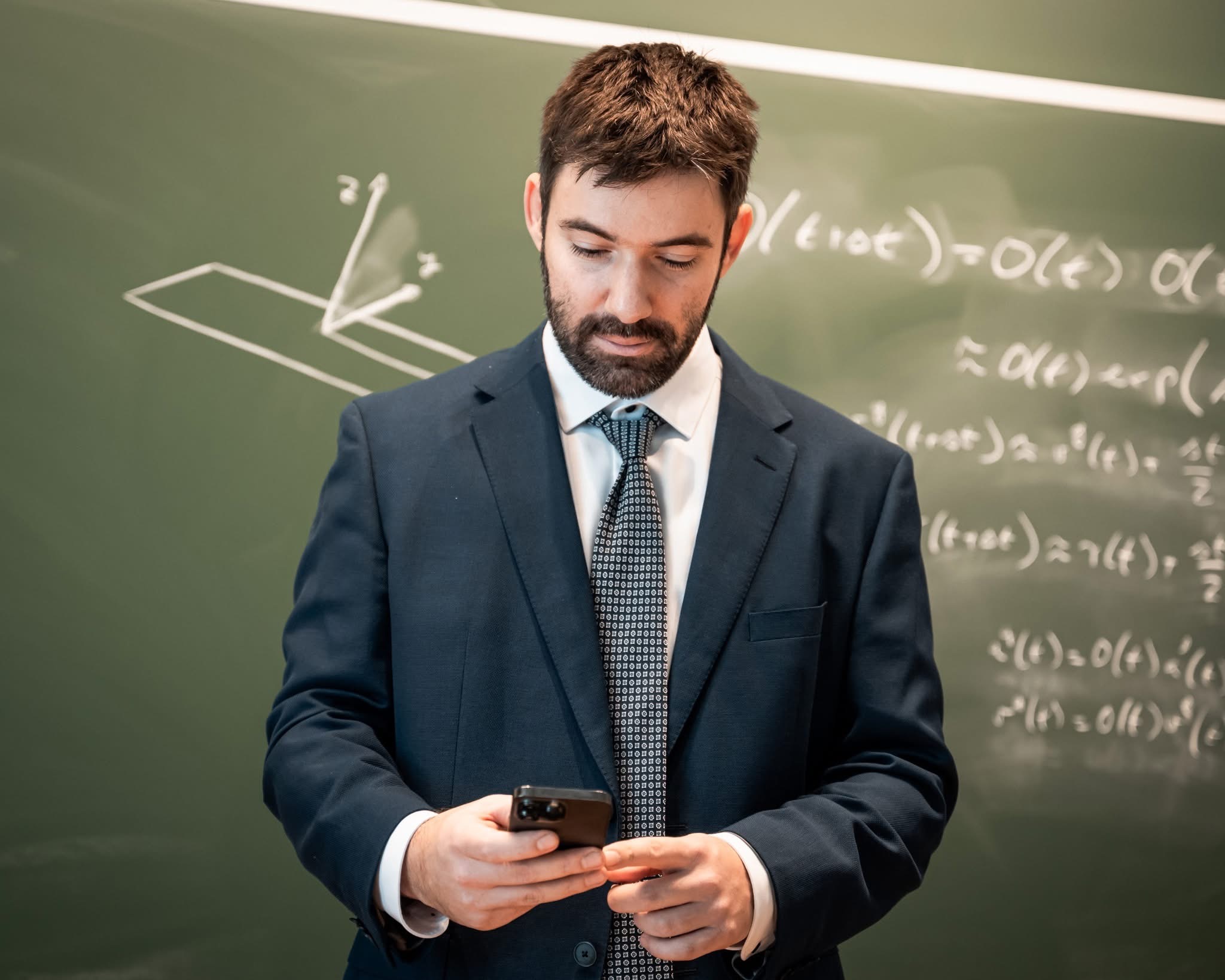Tibor Kapu Tests Novel Tracking Method Aboard Space Mission
Sensors currently under investigation as part of Hungary’s HUNOR space mission are already widely used in fields such as medicine, robotics and video gaming. The results of the experiment, conducted by the HUN-REN Alfréd Rényi Institute of Mathematics, could prove particularly useful for space navigation, the coordinated control of spacecraft, docking operations and maintenance tasks.
As part of the HUNOR IMU-DRS (IMU – Dead Reckoning in Space) experiment, researchers are investigating navigation in microgravity using only data from accelerometers and gyroscope sensors. Since these instruments are manufactured and tested under Earth’s gravitational conditions, the experiment also focuses on understanding how the sensors behave in weightlessness. A key advantage of microgravity over ground-based conditions is that there is no latent acceleration caused by gravity that needs to be filtered out of the measurements—the instruments reflect actual acceleration, greatly improving navigational accuracy.

The experiment is supported by a mobile device and a dedicated application developed specifically for this purpose. In the first phase, the astronaut performs a series of movements while holding the mobile device, and the app records the measurement data generated during motion. “These data are then transmitted back to Earth for evaluation and analysis. In the second phase, we attempt to reconstruct the trajectories traced by the mobile device,” explained Dr Miklós Kornyik, principal investigator of the research project within the HUNOR programme and a researcher at the HUN-REN Alfréd Rényi Institute of Mathematics.

This research could directly benefit the short- and medium-range navigation of spacecraft, including that of the International Space Station. “In addition to applications beyond Earth orbit, the algorithm—and the navigation it enables—could also prove useful for planetary exploration, since there are no satellite-based GPS systems on the Moon or Mars. This means that alternative methods must be used for orientation,” emphasised the researcher from the HUN-REN Alfréd Rényi Institute of Mathematics.
“IMU sensors have a wide range of applications—they are used in medicine, robotics, video games, flight simulators and various fitness devices—so research involving them is well justified. Gaining new insights into how these sensors operate could benefit other fields that rely on IMU technology,” the researcher added.
As a continuation of the research, the team is planning to launch a miniature space drone that can be controlled either manually or autonomously. These drones could assist with the inspection and execution of maintenance tasks around the space station.

